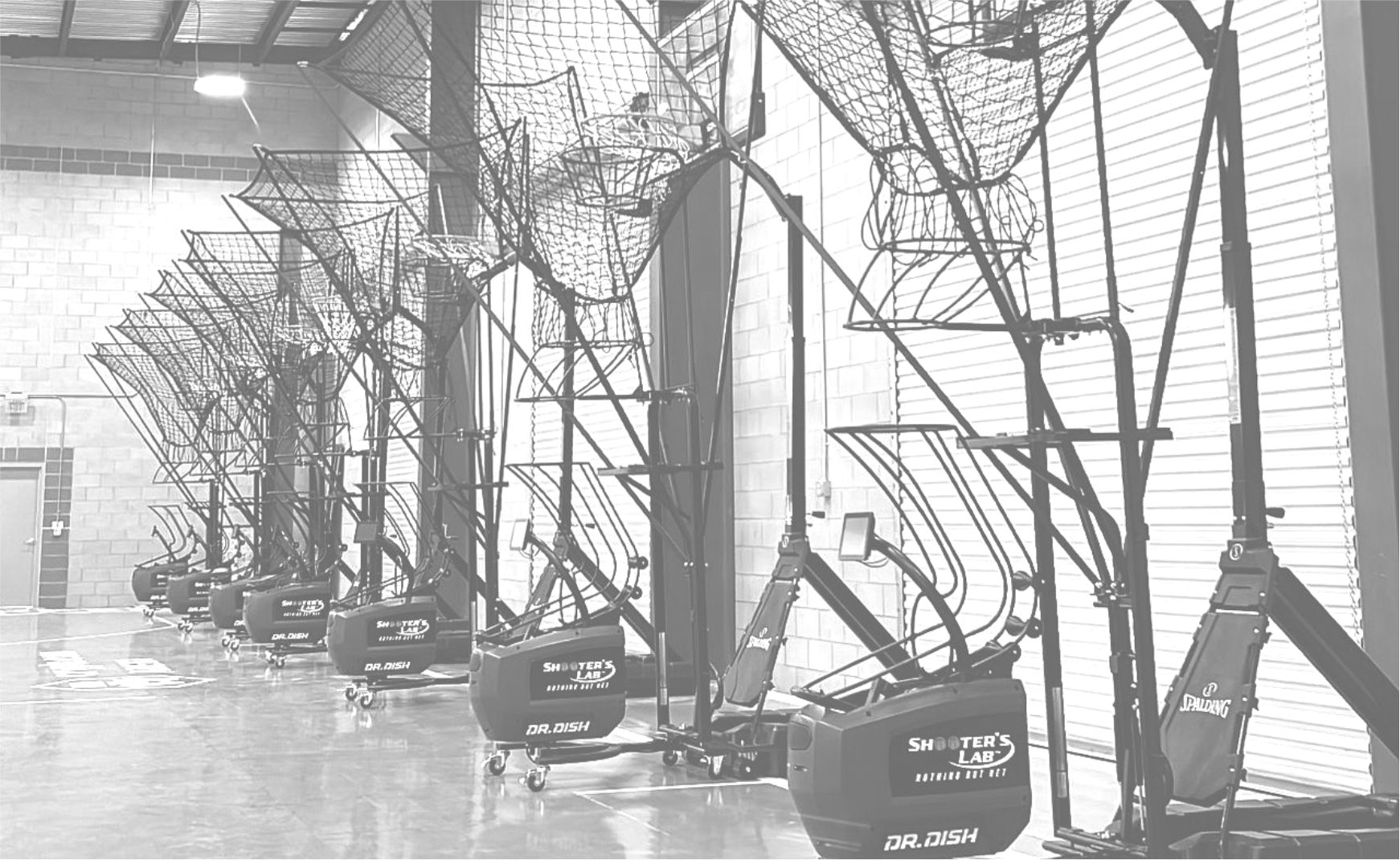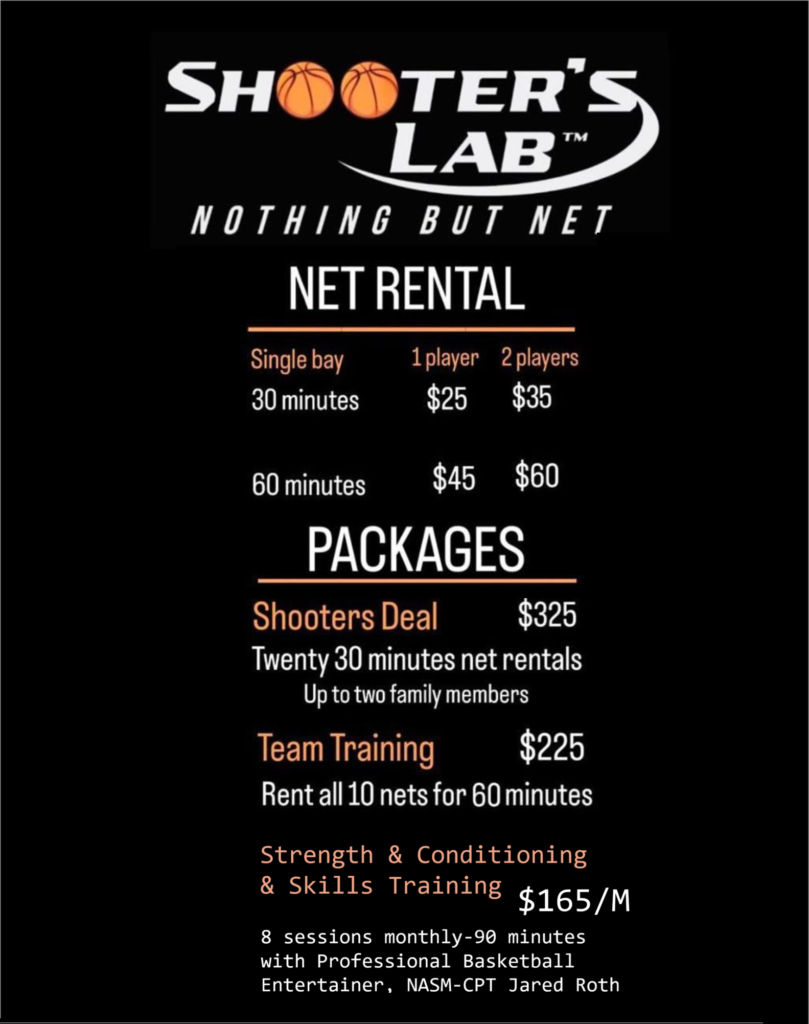
If you do pay out, it reflects in your retained earnings as a reduction, affecting your equity’s bottom line. Remember, your beginning balance statement of retained earnings isn’t just an arbitrary number; it embodies the company’s cumulative earnings minus cumulative dividends since day one. Think of it as a financial saga that sets the stage for the current period’s financial storytelling.
- When you prepare a balance sheet, you must first have the mostupdated retained earnings balance.
- On the other hand, a company with higher retained earnings may be seen as financially stable and able to reinvest in the business or pay out dividends to shareholders.
- She excels in content creation, proofreading, and editing, ensuring that every piece is polished and impactful.
- A statement of retained earnings shows changes in retained earnings over time, typically one year.
Can Retained Earnings be Distributed among Shareholders?
It’s the residue of past gains, standing ready to fuel future expansions, innovations, or even outlast tough times. A statement of retained earnings can be extremely simple or very detailed. If your business recorded a net profit of, say, $50,000 for 2021, add it to your beginning retained earnings. Here’s how to show changes in retained earnings from the beginning to the end of a specific financial period. For instance, if you had $100,000 in retained earnings at the end of last year, this figure begins your current statement.

How to Prepare a Statement of Retained Earnings: A Step-by-Step Guide with Example
- That is, once the transactions are categorized into the elements, knowing what to do next is vital.
- This ending retained earnings balance is transferred to the balance sheet.
- The net income amount in the above example is the net profit line item, which is $115,000.
- After subtracting the amount of dividends, you’ll arrive at the ending retained earnings balance for this accounting period.
- Note that sole proprietorships, general partnerships, and single-member LLCs that don’t elect corporate taxation don’t have retained earnings per se.
- The accumulated depreciation ($75) is taken away fromthe original cost of the equipment ($3,500) to show the book valueof equipment ($3,425).
Interest Receivable did not exist in the trial balance information, so the balance in the adjustment column of $140 is transferred over to the adjusted trial balance column. Looking at the asset section of the balance sheet, Accumulated Depreciation–Equipment is included as a contra asset account to equipment. The accumulated depreciation ($75) is taken away from the original cost of the equipment ($3,500) to show the book value of equipment ($3,425).

Final thoughts

It starts from opening balances, adjusts movements to retained earnings balance and reaches a closing balance. Let’s say your business allocates $20,000 of its retained earnings for the purchase of new equipment. This formally designates these funds for that purpose, prioritizing business growth and indicating why a larger dividend might not be issued. Between 1995 and 2012, Apple didn’t pay any dividends to its investors, and its retention ratio was 100%. But it still keeps a good portion of its earnings to reinvest back into product development. It depends on how the ratio compares to other businesses in the same industry.
- Retained earnings are the cumulative total of a company’s net income from its inception minus any paid dividends to shareholders over this entire period.
- The financial statements provide feedback to the owners regarding the financial performance and financial position of the business, helping the owners to make decisions about the business.
- Another way to think of the connection between the income statement and balance sheet (which is aided by the statement of retained earnings) is by using a sports analogy.
- That is because they just started business this month and have no beginning retained earnings balance.
Subtracting Dividend Payouts
Under US GAAP there is nospecific requirement on how accounts should be presented. When you prepare a balance sheet, you must first have the most updated retained earnings balance. To get that balance, you take the beginning retained earnings balance + net income – dividends. If you look at the worksheet for Printing Plus, you will notice there is no retained earnings account.

Similarly, a higher retained earnings balance translates to a higher share price in the market for companies. Likewise, retained earnings have many other uses as well, as mentioned above. Therefore, the Statement of Retained Earnings is necessary to determine the movements in retained earnings. Instead of the Statement of Retained Earnings, some businesses Online Accounting may prepare other statements such as Statement of Owners’/Shareholders’ equity or Statement of Changes in Equity.
Retained earnings are typically used for reinvesting in the company, funding growth opportunities, repaying debt, purchasing assets, or building a reserve against future losses. Understanding these differences prevents confusion and leads to more informed financial planning and decision-making. For example, a company might boast significant retained earnings but struggle with cash flow, which can be problematic in addressing immediate financial obligations. Retained earnings reports serve as crucial communiqués in the dialogue between a company and its shareholders. They shed light on the internal reinvestment strategy and payout policies, allowing investors to discern how their capital is being utilized for fostering growth.
This is the retained earnings balance from the end of the previous period. These funds can be used towards Bookkeeping for Startups the development of the company such as research and development or infrastructure development. Retained earnings are income that a company has generated during its history and kept rather than paying dividends. This balance is generated using a combination of financial statements, which we’ll review later. The statement of retained earnings is a key financial report showing how much profit a company reinvests. This guide explains the purpose of the retained earnings statement, its formula (Beginning RE + Net Income – Dividends), and how to prepare one with clear examples and analysis.




